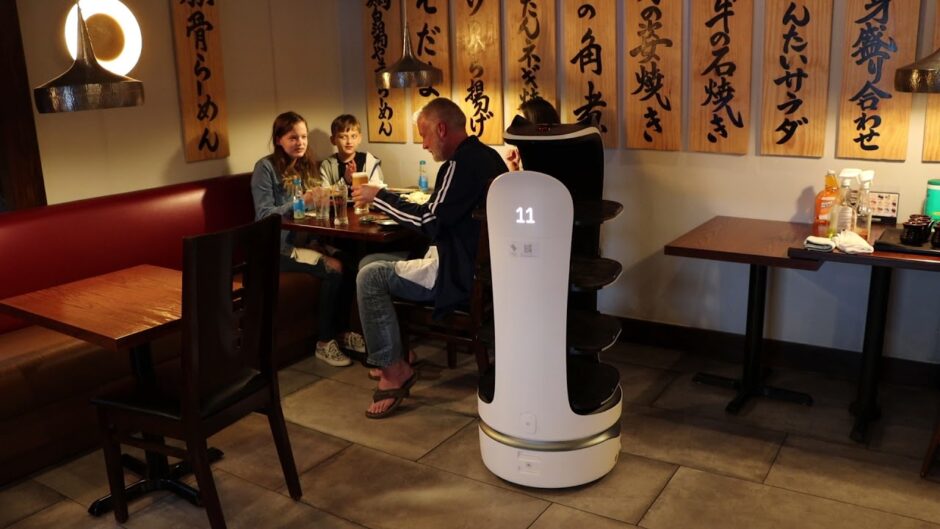What is a service charge in a restaurant? The answer is actually very simple. It is an individual’s or a group’s charge for providing their specific service to another party. This type of service charge differs depending on the type of service provided, the occasion, and the kind of parties involved.
In most situations, this type of charge is included in the bill for what you order. Whether or not it is a tip or a charge for the extra ingredients added to a dish. Some restaurants also include this in their menus. Others have separate service charges for the occasions when a service is rendered and not just a tip. It may be a fixed fee for a long or short-time commitment.
Service charges are sometimes included in the total amount that customers pay at the table. This is often the case with parties that involve alcohol or other beverage consumption. Such parties, such as birthday parties, bar mitzvahs, and graduation and wedding receptions, are billed according to the amount of service rendered to the customer. In this instance, the service charge is always listed along with the total bill.
A tip is different from a service charge. A tip is often included in the bill for certain specialties like good customer service or a particular dish being prepared by a particular restaurant. In other cases, the gratuity, which includes a service charge, is included in the total bill. So, what is a service charge in a restaurant really all about?
Essentially, the service charge is a customer’s share of the cost of actual services rendered to them. If the customer leaves the establishment and wishes to take their money along, the service charge includes a percentage of that amount. It is also common for some restaurants to include a service charge in their bills for parties with a dress code or if the party is considered informal attire. In some cases, the service charge is charged to cover the extra time spent cooking or serving food to a customer. The exact details of what is a service charge will depend on the particular type of service offered by the restaurant.
The most common type of service charge is the meal charge. In most establishments, the meal service includes a set menu and a number of courses from which the customer selects the ones they prefer. Usually, a charge for the meal will be separate from the main service charge. If the restaurant offers a sit down dinner service, the meal will also be part of the service charge, while the main service will be separate from the appetizer, salad, and dessert courses.
Other types of service charges are service charges for offering a package deal to a single customer. These may include a bottle of champagne for a friend or a bottle of wine for a group of friends. Most establishments have both beverage services and non-alcoholic beverages.
Some restaurants have different types of service charges based on whether a customer is dining in or standing outside. The standing service charge is generally applied to people dining in while the diners who are standing pay an additional fee to the service charge. A few places apply both the standing and the sitting service charge to the same customer, so all customers are charged the same amount whether they are dining in or out. The exact details of what is a service charge will depend on the specific restaurant’s policies. In some cases, it may be decided that a service charge is not applicable, especially if the person paying for it does not wish to be treated as a host or hostess.




